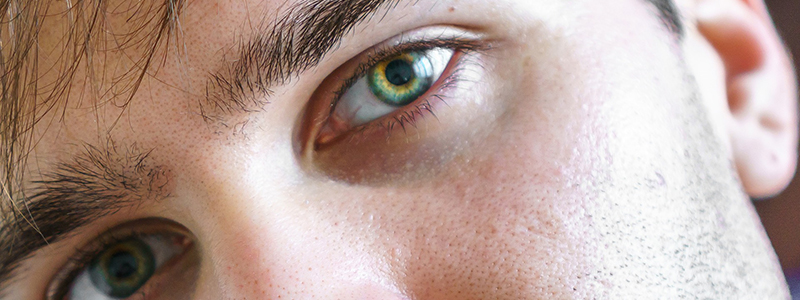Unstable posture is the primary factor associated with falling in Parkinson’s patients, however other symptoms appear such as ocular disorders. Teams from Pitié-Salpêtrière Hospital and the Brain & Spine Institute (Inserm, CNRS, UPMC) focused on the relationship between ocular disorders in certain patients and postural instability. Results highlighted a new potential marker for postural control in Parkinson’s disease, and were published in Neurology.
Certain patients with Parkinson’s disease experience dysfunction of voluntary eye movement called « antisaccades ». Dr Claire Ewenczyk, in the team led by Prof Marie Vidailhet and Prof Stéphane Lehéricy of the Brain and Spine Institute (Inserm, CNRS, UPMC) at AP-HP Pitié Salpêtrière Hospital, conducted a study in 30 patients with Parkinson’s disease, with or without postural control disorders, and in 25 healthy subjects.
Researchers tested gait and balance in patients and recorded gait initiation and eye movements. They also studied the interaction between two areas of the brain: the frontal oculomotor area that plays a key role in visual attention and eye movement, and the mesencephalic locomotor area, involved in postural control and control of eye movements.
Results show that patients with postural disorders also display abnormal response times (latency) in voluntary eye movement. This anomaly is correlated to a variation in parameters when initiating a footstep, especially the length of time needed for anticipatory postural adjustments, mechanisms implemented by the central nervous system to maintain standing balance while executing voluntary movements.
The study of cerebral interactions between the frontal oculomotor area and the mesencephalic locomotor area highlights correlation between functional connectivity in these areas and voluntary eye movement latency in healthy subjects. In the case of patients with Parkinson’s disease, this relationship disappears. This suggests extended affliction of the mesencephalic area of the brain in the disease, involved both in postural control and control of eye movements.
Lengthened reaction time in eye movements, or “antisaccades”, is a simple and reliable parameter that could prove to be a prognostic marker of postural control in Parkinson’s disease and could be used for patient assessment in future longitudinal studies
Reference: Antisaccades in Parkinson disease: A new marker of postural control? Ewenczyk C, Mesmoudi S, Gallea C, Welter ML, Gaymard B, Demain A, Yahia Cherif L, Degos B, Benali H, Pouget P, Poupon C, Lehericy S, Rivaud-Péchoux S, Vidailhet M.









